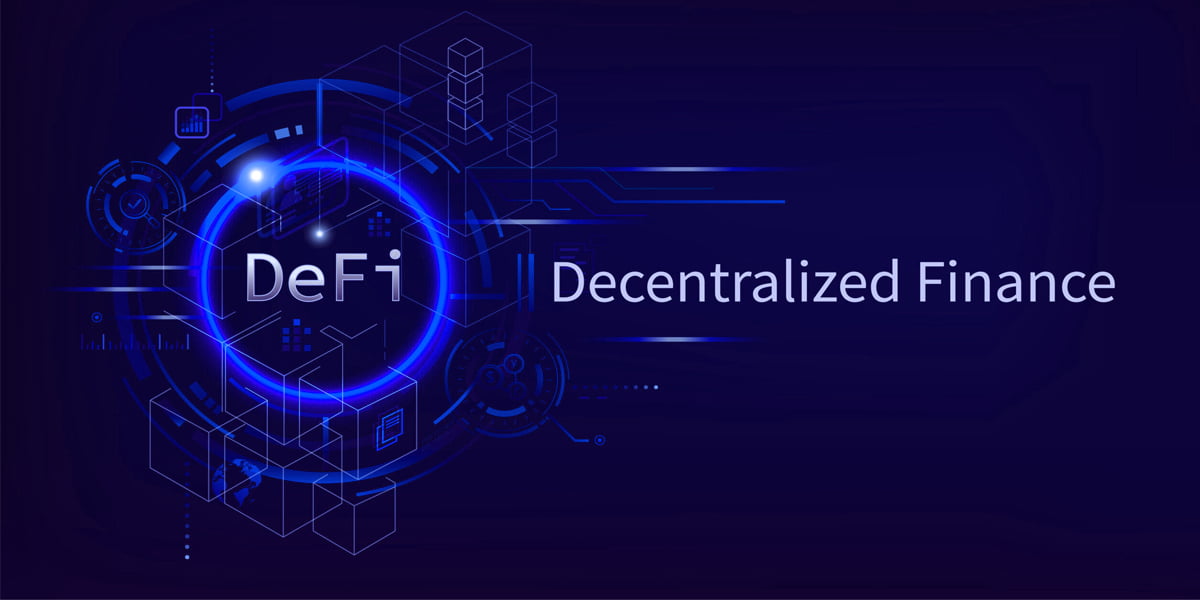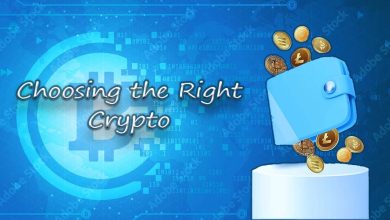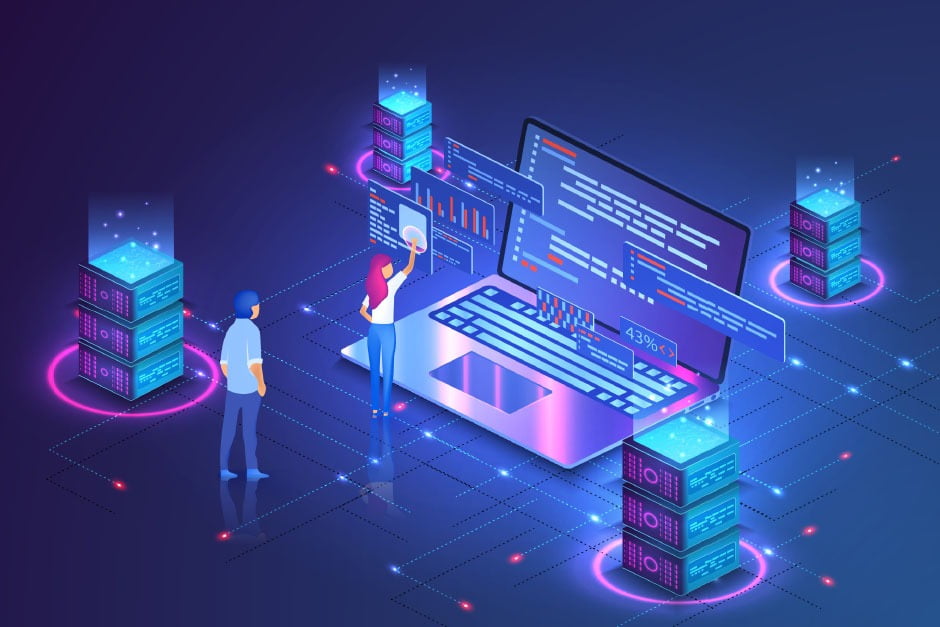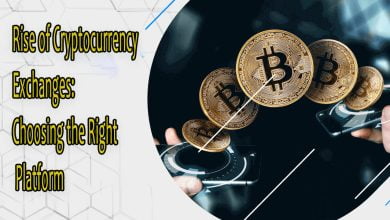The Rise of Decentralized Finance (DeFi): Exploring the Future of Fintech
Decentralized Finance (DeFi) has emerged as one of the most intriguing and disruptive financial trends. DeFi intends to disrupt established financial institutions by utilizing blockchain technology and smart contracts to provide open, unrestricted and transparent financial services to anybody with an internet connection. In this essay, we will look at the growth of DeFi, its essential components, and its potential to shape the future of fintech.
Understanding DeFi
Decentralized Finance, or DeFi, refers to financial applications and protocols built on decentralized blockchain platforms like Ethereum. It eliminates the need for intermediaries such as banks, brokers, or insurance companies, enabling direct peer-to-peer transactions. DeFi encompasses various financial services, including lending, borrowing, decentralized exchanges, asset management, insurance, etc.
Key Components of DeFi
- Smart Contracts: DeFi relies on programmable smart contracts, self-executing agreements that automatically facilitate, verify, and enforce transactions. Smart contracts remove the need for intermediaries, providing trust and security through transparent and auditable code.
- Decentralized Exchanges (DEXs): DEXs allow users to exchange cryptocurrencies with one another without the need for a centralized middleman. DEXs offer increased privacy, control, and liquidity, with platforms like Uniswap and SushiSwap gaining popularity.
- Decentralized Lending and Borrowing: DeFi platforms allow individuals to lend their digital assets and earn interest, while borrowers can access loans without going through traditional financial institutions. Projects like Compound and Aave enable users to participate in lending and borrowing activities using crypto collateral.
- Yield Farming and Liquidity Mining: These mechanisms incentivize users to provide liquidity to DeFi platforms. Users can earn additional tokens by staking their assets in liquidity pools or participating in yield-farming programs involving lending or borrowing assets across multiple protocols.
- Stablecoins: Stablecoins are cryptocurrencies designed to maintain a stable value by pegging them to a fiat currency, a basket of assets, or algorithmic mechanisms. Stablecoins facilitate DeFi transactions by reducing exposure to the volatility of cryptocurrencies.
Advantages of DeFi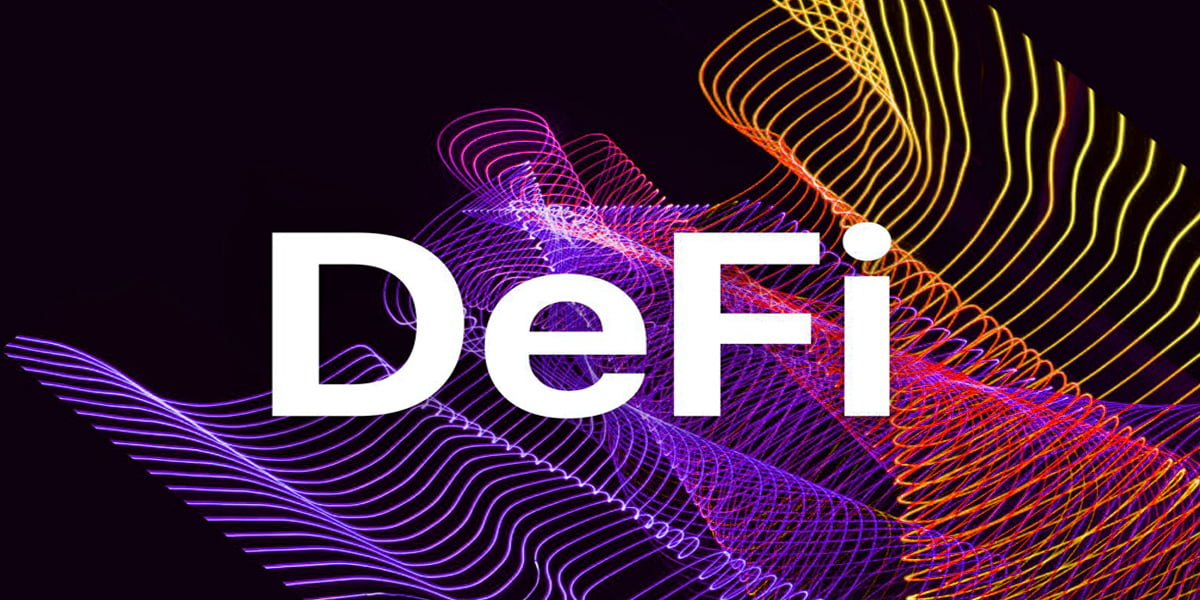
- Financial Inclusion: DeFi offers financial services to individuals needing access to traditional banking services. Anyone with an internet connection can participate in DeFi, regardless of geographical location or socio-economic background.
- Transparency and Security: DeFi operates on public blockchains, ensuring transparency and immutability of transactions. Smart contracts provide high security and eliminate the risk of censorship or manipulation.
- Lower Costs: DeFi reduces transaction costs associated with traditional financial services by eliminating intermediaries. Users can benefit from lower fees and higher returns on their investments.
- Innovation and Flexibility: DeFi allows rapid innovation and experimentation with new financial products and services. Developers can build on existing DeFi protocols, creating innovative solutions that cater to specific market needs.
Challenges and Risks
- Security Vulnerabilities: Despite the fact that smart contracts are intended to be safe, flaws and faults can be exploited. High-profile violations and vulnerabilities have emphasized the importance of comprehensive audits and security measures.
- Regulatory Uncertainty: DeFi operates in a relatively unregulated space, which may attract scrutiny and potential regulatory challenges as its adoption grows. Striking the right balance between innovation and consumer protection remains a challenge.
- Scalability: As DeFi gains popularity, scalability becomes an issue. Blockchains face limitations in terms of transaction throughput and fees during times of high network congestion.
The Future of DeFi
The potential of DeFi is vast and far-reaching. As the ecosystem matures, we can expect increased integration with traditional finance, bridging the gap between centralized and decentralized systems. DeFi can potentially disrupt traditional financial intermediaries, democratize access to financial services, and unlock new economic opportunities worldwide.
Interoperability and Cross-Chain Solutions
DeFi ecosystem is exploring cross-chain solutions, To overcome scalability challenges and promote interoperability. Projects like Polkadot, Cosmos, and interoperability protocols allow blockchain networks to communicate and share assets seamlessly. It enables users to access a wider range of DeFi applications and increases liquidity across various platforms.
Improved User Experience and User Interfaces (UI/UX)
As DeFi becomes more mainstream, there is a growing emphasis on improving the user experience and user interfaces of decentralized applications (dApps). User-friendly interfaces with intuitive designs and simplified processes will attract more users to DeFi platforms. Efforts are being made to enhance the overall usability, accessibility, and aesthetics of DeFi applications to encourage broader adoption.
Regulatory Frameworks and Compliance
As DeFi gains traction, regulatory frameworks and compliance measures are being explored to provide legal clarity and consumer protection. Governments and regulatory bodies closely monitor the DeFi space to understand its implications and establish guidelines. Striking the right balance between innovation and regulatory compliance is crucial for the long-term sustainability and acceptance of DeFi.
Integration with Real-World Assets
The next phase of DeFi development involves bridging the gap between traditional assets and blockchain technology. By tokenizing real-world assets like real estate, stocks, or commodities, DeFi can enable fractional ownership and global liquidity. It has the potential to unlock significant value and create new investment opportunities for individuals and institutions alike.
Decentralized Identity (DID) and Privacy Solutions
DeFi is exploring decentralized identity solutions to enhance privacy and security. Decentralized Identity (DID) systems enable individuals to maintain control over their data while securely interacting with DeFi platforms. By leveraging blockchain and cryptographic techniques, DID solutions can reduce reliance on centralized identity providers and empower individuals to protect their digital identities.
Environmental Sustainability
Addressing the environmental impact of blockchain technology is a growing concern within the DeFi community. Efforts are underway to explore more energy-efficient consensus mechanisms and promote sustainable practices. DeFi projects seek innovative solutions to reduce their carbon footprint and ensure long-term sustainability.
Conclusion
The rise of DeFi represents a significant shift in the financial landscape, offering a decentralized and inclusive alternative to traditional financial systems. With its innovative use of blockchain technology, smart contracts, and peer-to-peer transactions, DeFi has the potential to reshape the future of fintech. However, security vulnerabilities, regulatory uncertainties, and scalability must be addressed for widespread adoption. As DeFi continues to evolve, it holds the promise of greater financial accessibility, transparency, and efficiency for individuals around the globe.

